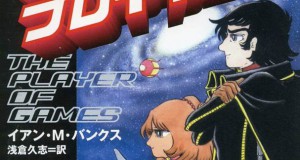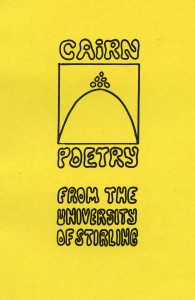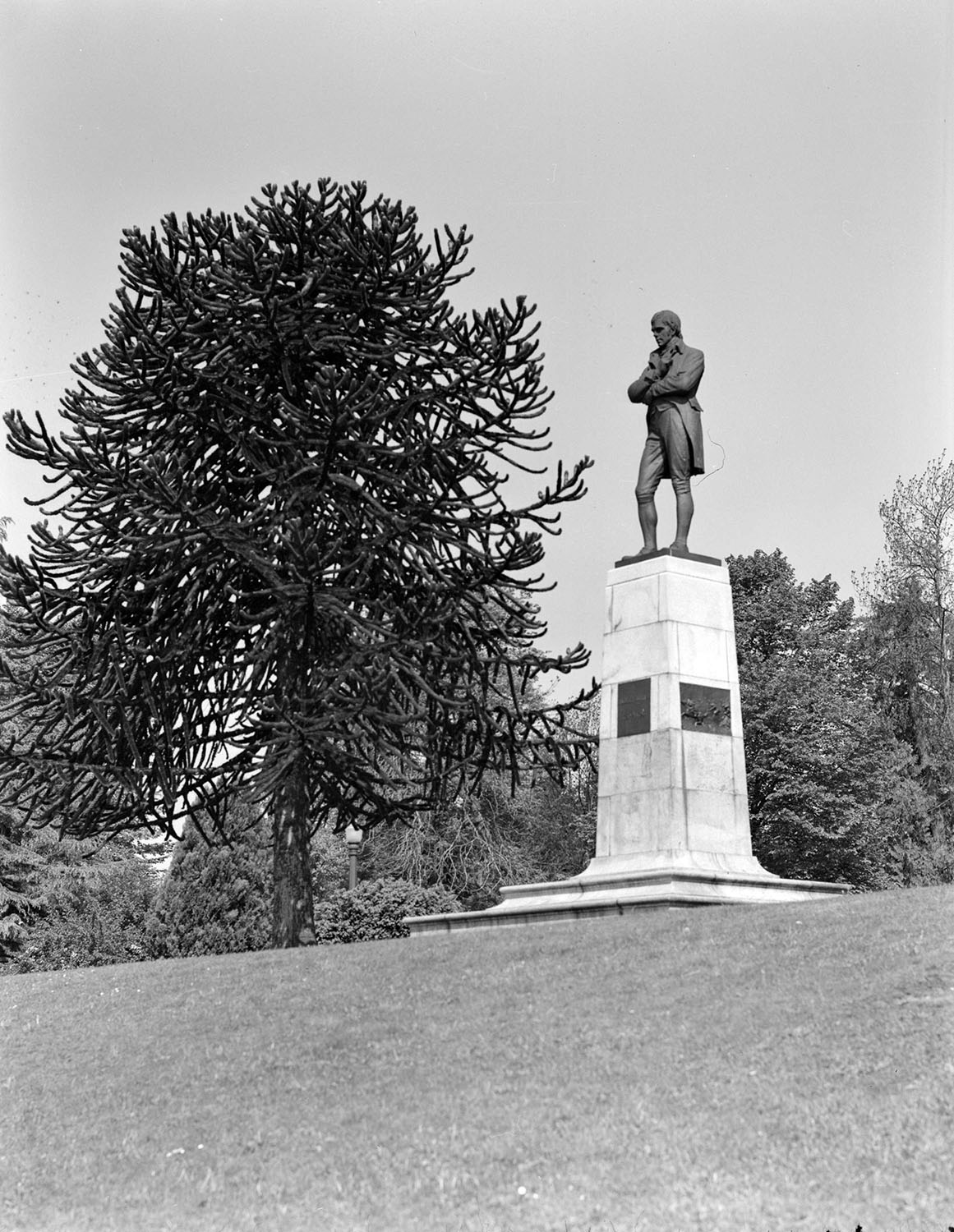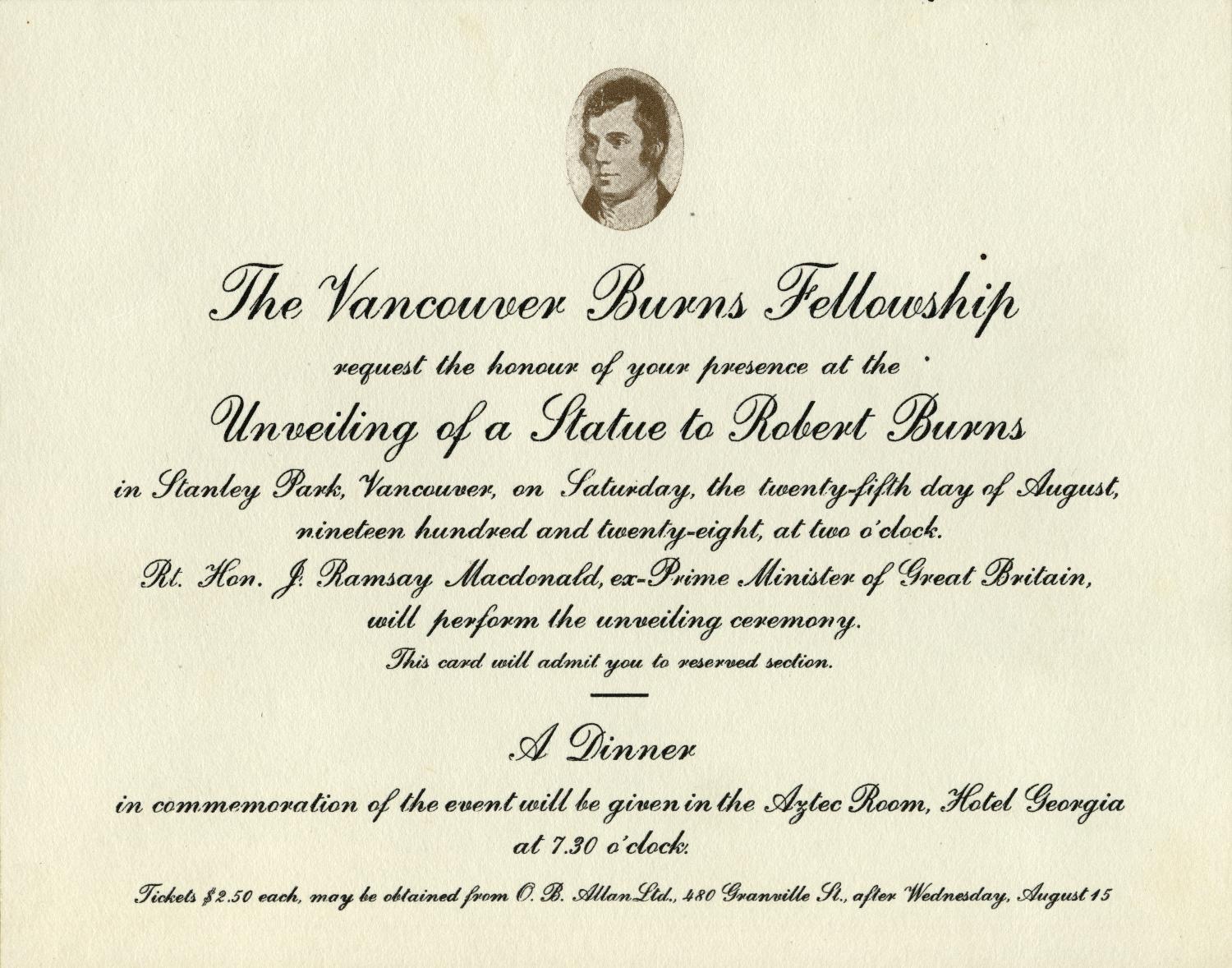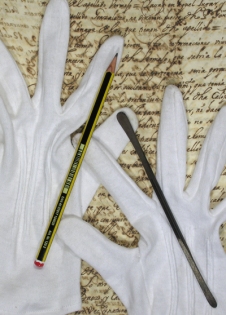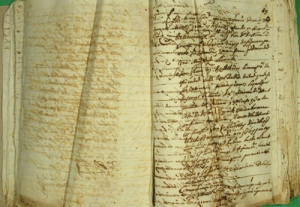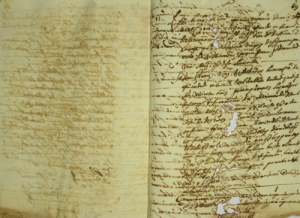In the April, 1942 WQXR Program Guide, distinguished American pianist and composer Abram Chasins wrote about the obligations of performers, composers and listeners to the art of music. In July, 1943 he was appointed WQXR’s Music Consultant, and in 1946, its Music Director, a post he held for nineteen years.
By and large the American composer is doing pretty well, certainly much better than he did twenty years ago. His fellow countrymen realize that he is alive and “kicking;” orchestras are much less reluctant to program his music; recordings and broadcasts of American music are more numerous. But the American composer has not yet been made to feel that he is contributing as much to American life as the American writer or painter.
And why? In my opinion, before a really favorable atmosphere and attitude are created, American composers make certain requests that must be complied with, and have some obligations they must fulfill.
The first request of the American composer is that listeners regard his music from the same point of view they use for other music. Performers should not play a work as a stunt, as a duty, as a gesture, or because of pressure–and then forget it. American compositions should be chosen as a result of study, selection and conviction.
The American composer prefers not to have his work administered in all-out doses, as in “All-American” programs. He wants to see his music simply presented on varied programs. He has every right to expect that the work will be as carefully placed and prepared as any other work a performer chooses to play. He hopes his work will be repeated regardless of first public or critical reactions, until such reactions crystallize into opinions, and familiarity can bring a proper estimate of value.
As a general rule, this method of presentation is not applied to new music, even to that of the best-known composers. What generally happens after a particularly successful performance is that word spreads about “a good new American work.” The following season, a sprinkling of minor orchestras may play it. Then, it’s through–and another new piece takes its place, to be shelved in turn. Too few orchestras and performers feel an obligation to build American music as a live and growing art, and audiences have encouraged that policy.
Certainly we give prizes and make speeches, and we always have a competition somewhere to take care of a big bunch of musicians all at once. But American audiences have not earnestly concerned themselves with their fellow countrymen who write or play music.
Concertgoers and radio listeners should have more curiosity and more courage. They should listen to every new work as an individual creation, forgetting what nation and period produced it. If it has any meaning, or interest, or vitality, they should ask to hear it again. They should not be afraid to like it, or to hate it. While much new music is excellent, much is bound to be rubbish.
In every period of art only a small fraction of the total of artistic production has survived, but that fraction could not have been born except in the same environment which produced the rest. It takes a lot of music…bad music, mediocre music, all kinds of music and lots of it …for the great stuff to emerge. The public must have an opportunity to hear all of it, in order to allow the necessary process of selection and rejection to function.
There are two powerful groups within the musical public. One hails anything new, just because it doesn’t sound like anything else heard before. The other group refuses to hear any but familiar, established works. A plague on both their houses. They are music’s natural enemies.
As to those who belong to neither group, they need a bit of jacking up. If music is really a source of inspiration and spiritual enjoyment to you, then you owe something to music. It is up to you to keep it a living, vital, growing art. You should be eager to hear what a composer has to say, whether or not you like it. Give it every attention. Be willing to hear it again. That’s little to ask.
Performers have their obligations too. Few artists stack up against a man like Liszt, whose career was always at the service of music; whose greatest joy was in the discovery of the creative spark, in the furthering of music of the men of his time. To which you might say, “Ah, but then there were Chopin and Mendelssohn and Schumann; today however, where are there such composers to be discovered?” Well, how do we know? I don’t say there are, but we have a small chance of finding them, if they exist, until more artists arise with a modesty and curiosity that allow them to realize the art of music is greater than themselves and their careers.
Upon the composer rests the greatest obligation of all. Twenty-five years ago a post-war cynicism, coupled with a justified result against over-ripe, decadent post-romanticism, led artists to denounce the melodic, the romantic, the heroic quality of music. People wanted to avoid emotion. And what emerged? Brittle, “hard-boiled” music; intellectual concepts in sound; works which composers actually directed performers to play without feeling and without expression; the repudiation of music as a medium for the fanciful vision and the inner life of the emotions.
Today, people need sorely a music which will remind them that their tottering material world is not everything; that it is not even very important. Responsibilities are heavy. The future is uncertain. Human life itself is precarious. We need music for spiritual reassurance. Our composers, if they are to speak to us in a language we understand, may not use the wisecrack or the mathematical gimcrack. They cannot isolate themselves. They must not only express; they must communicate.
If we free our artists from the necessity of making hysterical efforts to gain a hearing; if we show also that they don’t have to write sentimental ear-kissers to overcome listening-resistance, we will be generously repaid. For artists way down deep realize that no art can thrive which the people do not want or cannot understand in their hearts. Composers know that they have a supreme task today: to fulfill their heritage, to convert chaos into order, to renounce and show up false values and insincere bids for attention, and to articulate the cause of the creative human spirit, the cause that no enemy has ever defeated, nor ever will.



